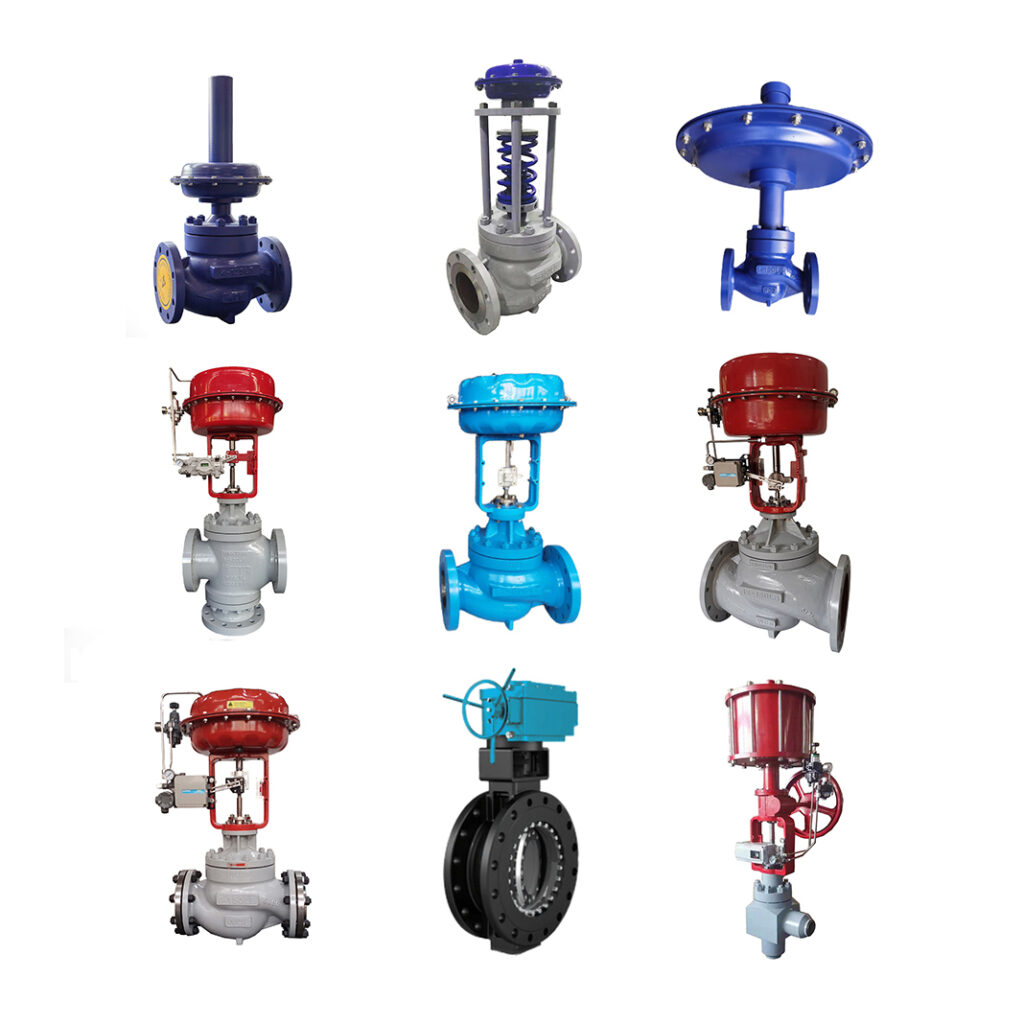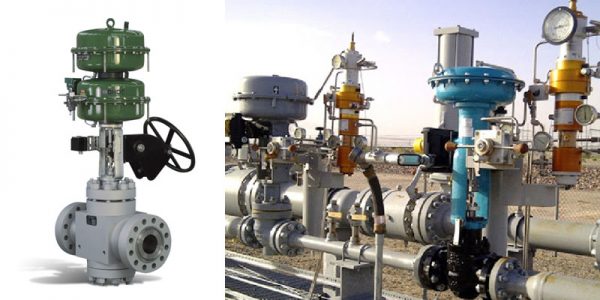Enhancing Operational Efficiency with Advanced Control Valves
Enhancing Operational Efficiency with Advanced Control Valves
Blog Article
Achieve Seamless Integration and Control With High Quality Building Automation Controls
In the realm of contemporary structure management, the significance of quality structure automation controls can not be overstated. As technology continues to development, the integration and control of different systems within a structure have actually developed to be extra effective and advanced. The seamless procedure and monitoring of illumination, COOLING AND HEATING, safety, and other building features have actually come to be vital for enhancing passenger convenience, energy performance, and overall functional effectiveness. However, the journey towards attaining real integration and control is a multifaceted one, with considerations ranging from system compatibility to cybersecurity. Accepting top quality building automation controls is not merely a matter of comfort yet a tactical necessary for organizations intending to optimize their facilities' performance and sustainability.

Advancement of Building Automation Controls
Throughout the previous couple of decades, the advancement of building automation controls has considerably changed the means structures are taken care of and run. Developing automation systems mostly focused on basic functions such as managing home heating, air, and air flow conditioning (HVAC) systems. As technology progressed, these controls have come to be extra advanced, permitting for a wider range of building systems to be incorporated and managed centrally.
The development of building automation controls has actually seen a change towards even more smart systems that can adjust to altering problems in real-time. This flexibility is vital for enhancing power efficiency and making sure passenger convenience. In addition, contemporary building automation controls now offer attributes such as predictive upkeep, remote surveillance, and data analytics, enabling facility managers to make data-driven decisions to improve structure performance.

Benefits of Quality Assimilation
The innovation in structure automation regulates towards even more intelligent systems has underscored the substantial benefits of top quality assimilation in optimizing structure procedures and improving general efficiency. This central control additionally offers much better exposure and insights right into building performance, enabling proactive maintenance and optimization approaches. On the whole, the benefits of quality assimilation in structure automation controls are undeniable, supplying enhanced efficiency, convenience, and operational performance.
Boosted Individual Experience and Availability
Enhancing user communication with building automation controls through user-friendly style and enhanced access raises the overall experience for passengers and center managers alike. By concentrating on individual experience, constructing automation systems can end up being extra reliable and user-friendly. Intuitive user interfaces, clear navigating, and personalized setups encourage users to engage with the controls conveniently and efficiently.
Accessibility functions play an important role in making sure that all people, consisting of those with specials needs, can make use of the building automation controls with convenience. Incorporating functions such as voice commands, tactile buttons, and color-contrasted display screens can boost ease of access and make the controls extra inclusive.
Furthermore, improved user experience brings about greater customer fulfillment, raised efficiency, and far better decision-making. Owners can readjust environmental settings according to their preferences, while center supervisors can successfully keep track of and take care image source of building systems - control valves. Generally, focusing on user experience and availability in structure automation controls adds to a much more seamless and productive structure setting for all stakeholders involved
Lasting Practices Via Automation

In addition, automation can promote the combination of renewable energy resources such as photovoltaic panels or wind generators right into structure operations. By automatically changing energy usage based upon the availability of eco-friendly energy, structures can additionally decrease their reliance on non-renewable sources. This seamless combination of sustainable techniques not only profits the setting but also improves the total functional efficiency and cost-effectiveness of the structure. Through automation, buildings can line up with modern-day sustainability objectives and add to a greener future.
Future Trends in Structure Control Equipment
In expectancy of progressing and advancing innovations sustainability methods, the trajectory of building control systems is positioned to welcome innovative solutions and transformative approaches. One prominent pattern shaping the future of structure control systems is the boosted integration of Artificial Knowledge (AI) and artificial intelligence. These innovations enable buildings to adjust in real-time to transforming conditions, maximizing energy consumption and boosting comfort for owners. Furthermore, the Internet of Points (IoT) is reinventing building control systems by linking gadgets and sensing units to enhance procedures and improve performance.
One more crucial fad is the focus on cybersecurity procedures to protect versus potential risks to constructing automation systems. As buildings end up being a lot more interconnected, making certain durable cybersecurity protocols will be vital to secure sensitive data and protect against unapproved gain access to.
Moreover, the shift in the direction of cloud-based platforms is obtaining momentum, permitting systematized control and remote accessibility to building systems. This assists in much easier surveillance, upkeep, and updates, improving the general performance and flexibility of structure control my response systems. As innovation proceeds to advancement, these trends are anticipated to form the future landscape of here structure automation controls, driving development and sustainability in the developed setting.
Final Thought
Future patterns in structure control systems are likely to focus on further boosting automation abilities for improved power performance and total performance. It is vital for structure owners and operators to focus on the fostering of quality building automation manages to maximize building operations and achieve lasting sustainability objectives.
In the realm of modern structure administration, the significance of quality building automation controls can not be overemphasized. Generally, the advancement of structure automation controls proceeds to drive development in the structure administration sector, supplying brand-new opportunities for developing smarter and more lasting structures.
The advancement in structure automation manages in the direction of more intelligent systems has actually emphasized the significant benefits of quality combination in maximizing structure procedures and improving general effectiveness. Generally, prioritizing individual experience and availability in building automation manages contributes to an extra efficient and seamless building environment for all stakeholders involved.
It is necessary for building owners and operators to focus on the fostering of top quality building automation regulates to maximize structure operations and attain long-lasting sustainability goals. - control valves
Report this page